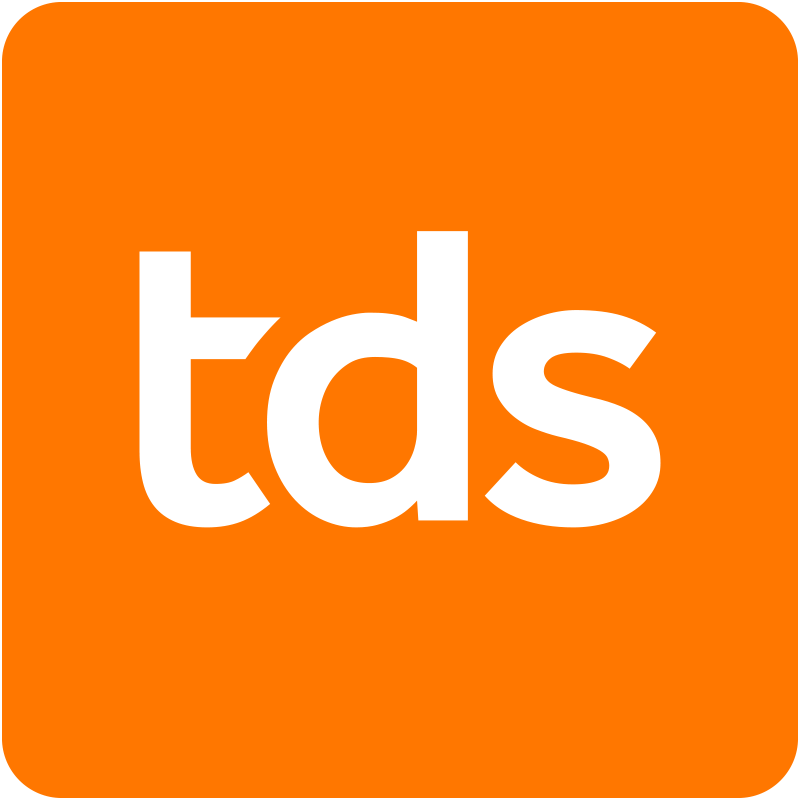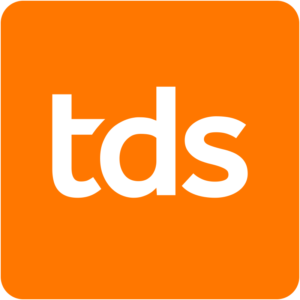Image file formats.
A quick guide to image file formats and what to use.
Ever been confused by which image file formats .jpeg .png or TIFF to use? Here is a list of the most common image file formats you might come across and what they can be used for across social media graphics, brochure design or the production of your next report.

.jpg, .jpeg and .png.
.jpg and .jpeg.
Is the most common file format for digital images. Photos taken on digital cameras and mobile phones will most likely be saved as JPEGs. They can be used for printing or on-screen use depending on the resolution and colour settings they are saved in.
They can also be saved with various file quality settings (or compression) to help reduce file sizes.
The term “JPEG” is an initialism/acronym for the Joint Photographic Experts Group, which created the standard. JPEG files usually have a filename extension of .jpg or .jpeg.
.png files.
PNG (Portable Network Graphics) files are mainly used on websites and are generally considered as a replacement to the GIF image format.
PNG files do not support animation but are ideal for creating graphics that need a transparent background. This ability is best used for illustrations and logos that can be placed over coloured backgrounds and images

.gif and .tif files.
.gif files.
Mainly used on websites .gif files (Graphical Interchange Format) are composed of no more than 256 colours and can be animated.
This file format is greatly used on social media to create short movie clips and on websites to create animated objects like buttons and header images.
.tif or .tiff files.
This type of file (Tagged Image File) is mainly used for high-quality images and graphics. Used by graphic designers and photographers, these files are commonly used to store colour images as they can be compressed without losing quality. TIFF files are primary used for print materials as file sizes are too large for screen graphics.

.ai, .eps and .pdf files.
.ai and .eps files.
Adobe Illustrator files (.ai files) are vector based and can only be opened using this software. To share and convert vector files, .eps files (Encapsulated PostScript) can be created and are often used to save artwork, such as logos and drawings.
The advantage of using a vector file over formats such as .jpeg and .png is that vectors don’t become pixelated or lose quality when used for large-scale graphics such as exhibition stands and signage as they are constructed using paths and not pixels.
One thing to note is PC users won’t be able to view these files without the correct software.
.pdf files.
These files (Portable Document Format) can be viewed on almost any device or operating system with the correct software. PDFs are a flexible format which can be saved in different resolutions and be used to create print ready artwork through to documents that can be used on screen. PDF files can contain not only images and text, but also interactive buttons, hyperlinks, video and more.

Get a quote for your next project.
If you’d like us to provide a quote for your project, just complete the form and we’ll get in touch.

